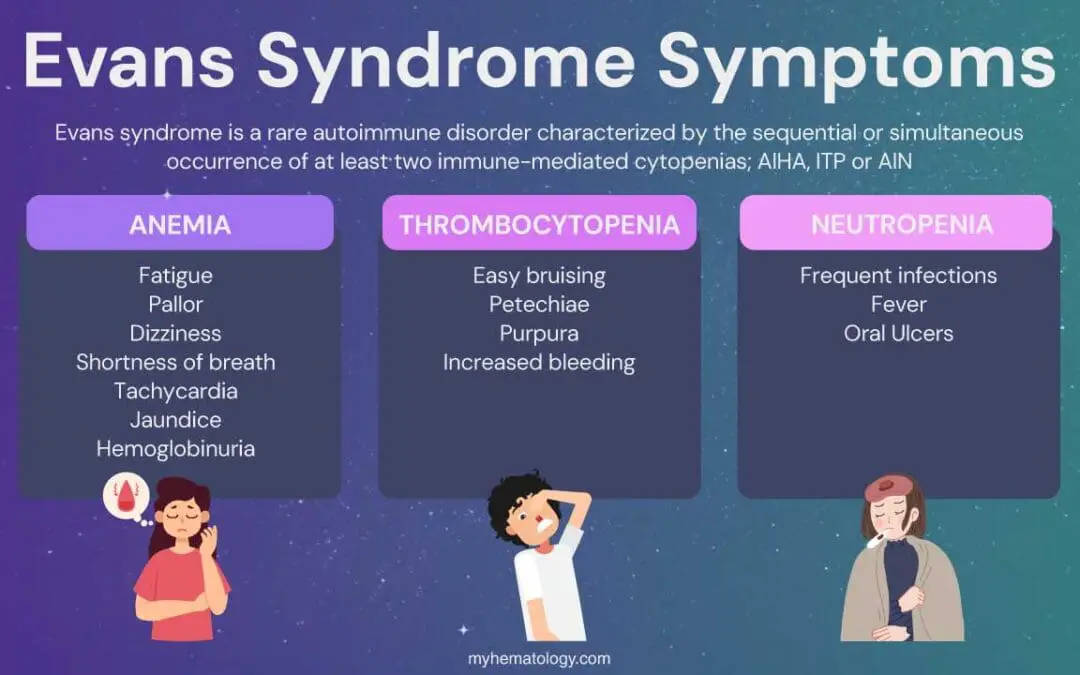
by MH Team | May 10, 2025 | Platelet Disorders
TL;DR Purpura are purple/red skin spots due to bleeding under the skin. Size distinguishes them: petechiae (<4mm), purpura (4mm-1cm), ecchymoses (>1cm/bruises). Causes ▾: Broad, often categorized by platelet count (low or normal). Low platelets (thrombocytopenia)...

by MH Team | May 7, 2025 | Platelet Disorders
TL;DR Petechiae are pinpoint (1-2mm), non-blanching red or purple spots on skin or mucous membranes as a results of small capillary bleeding. Causes ▾: Increased pressure (coughing, straining). Low platelet count (thrombocytopenia). Platelet dysfunction. Infections...

by MH Team | May 5, 2025 | Platelet Disorders
TL;DR Ecchymoses are subcutaneous bleeding causing skin discoloration (bruise). Pathophysiology ▾: Small vessel damage leads to blood leakage into tissues; hemoglobin breakdown causes color changes. Causes ▾: Trauma, hematologic disorders, vascular issues,...

by MH Team | May 2, 2025 | Platelet Disorders
TL;DR Henoch-Schönlein Purpura (HSP) is a systemic small-vessel vasculitis characterized by palpable purpura, arthritis/arthralgia, abdominal pain, and often kidney involvement. Causes ▾: Exact cause unknown; likely triggered by infections (e.g., upper respiratory),...

by MH Team | Apr 30, 2025 | Red Blood Cells
TL;DR Evans syndrome is. a rare autoimmune disorder with sequential or simultaneous autoimmune hemolytic anemia (AIHA) and immune thrombocytopenia (ITP), sometimes with autoimmune neutropenia (AIN). Pathophysiology ▾: Immune dysregulation leads to autoantibodies...







Recent Comments